mCommerce 2019: The retail apocalypse is here
How is the mobile phone changing retail this holiday season?
Remember when going to the mall was a thing?
Each year the month of December would arrive. The snow would start to fall.

Christmas trees would brighten up the streets downtown.



Across the country families would exchange wishlists for Christmas.

Grab a coffee.

And rush off to the malls to do their shopping.
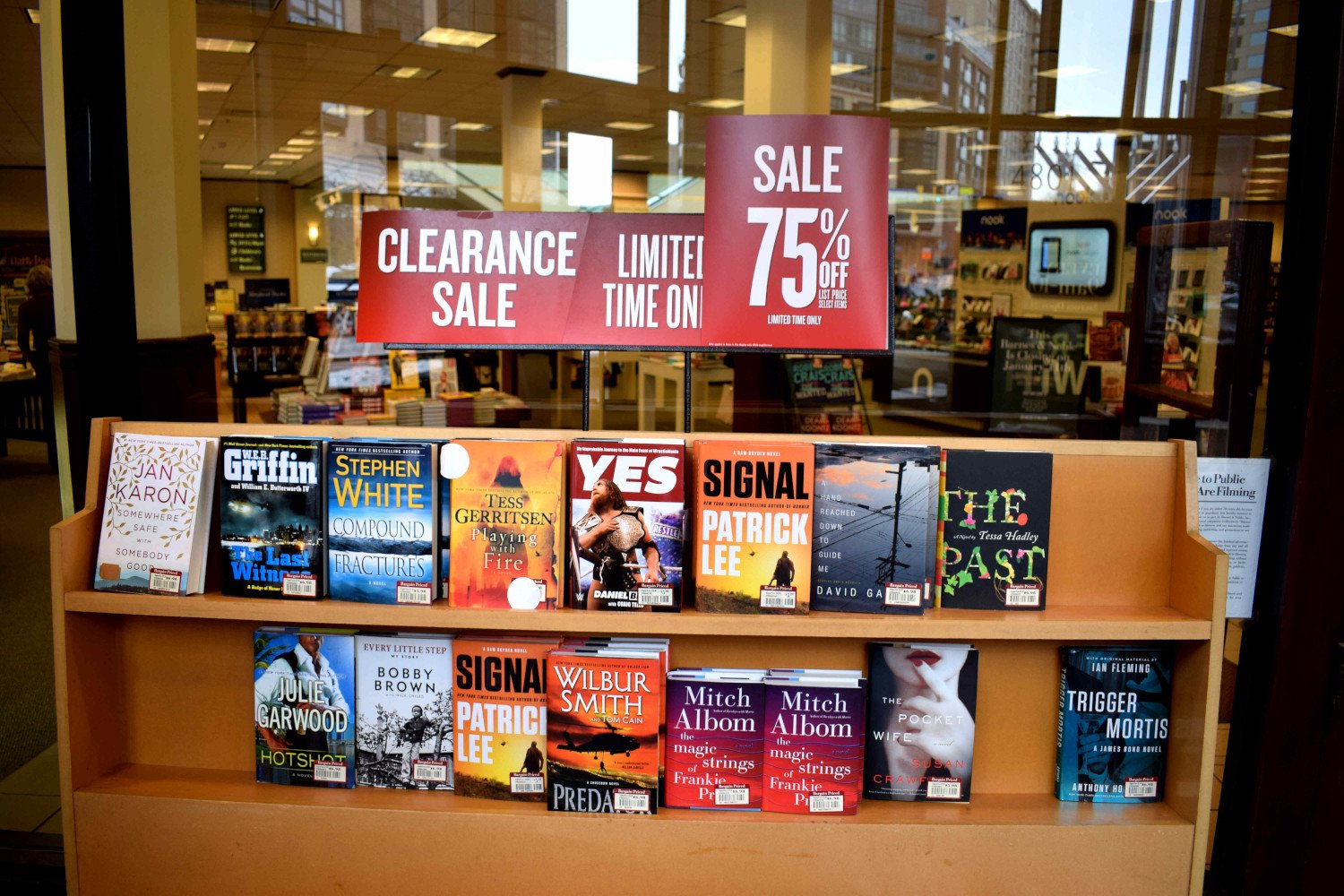
Parking lots in the US would fill up with cars.
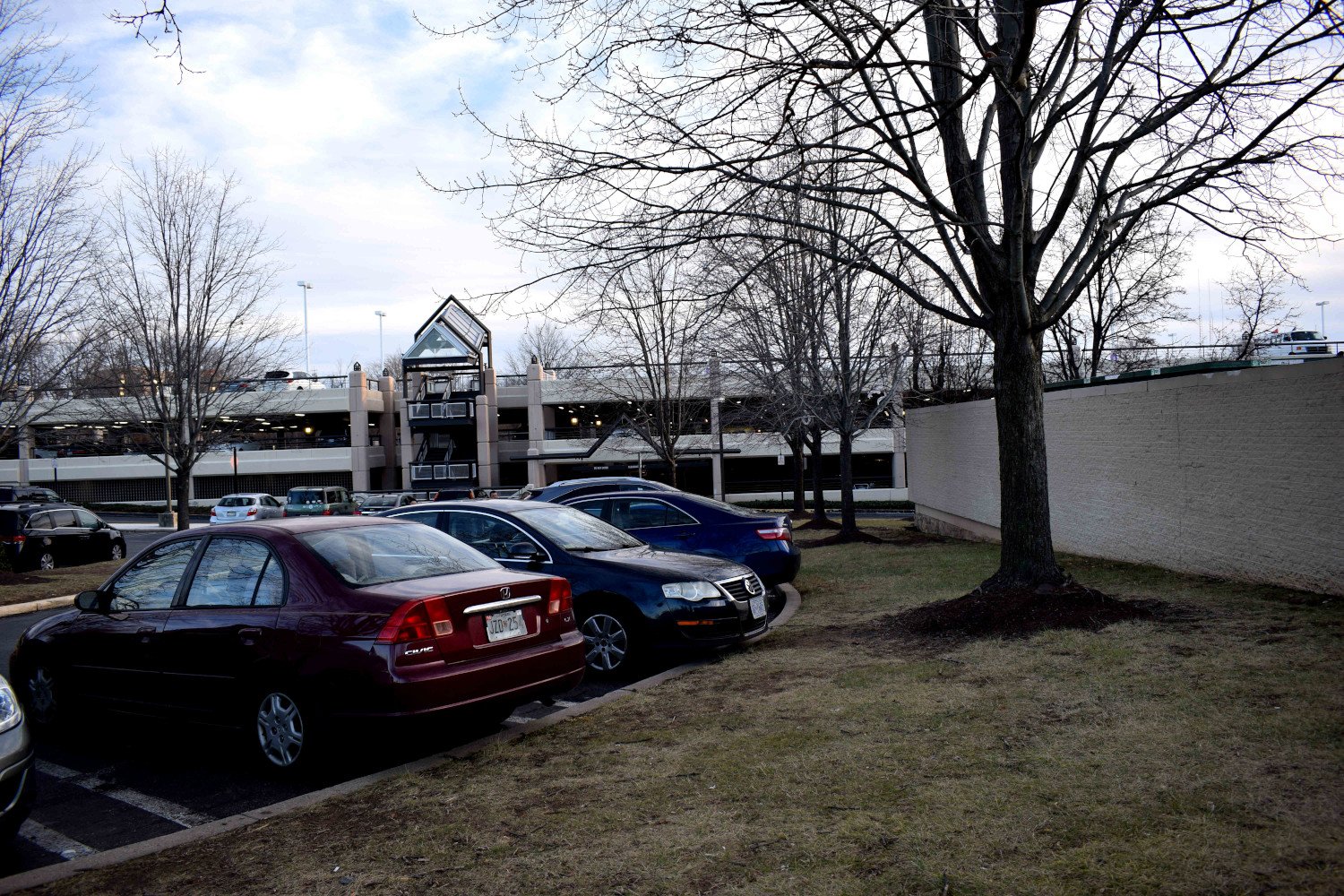
Downtowns would fill up with people.
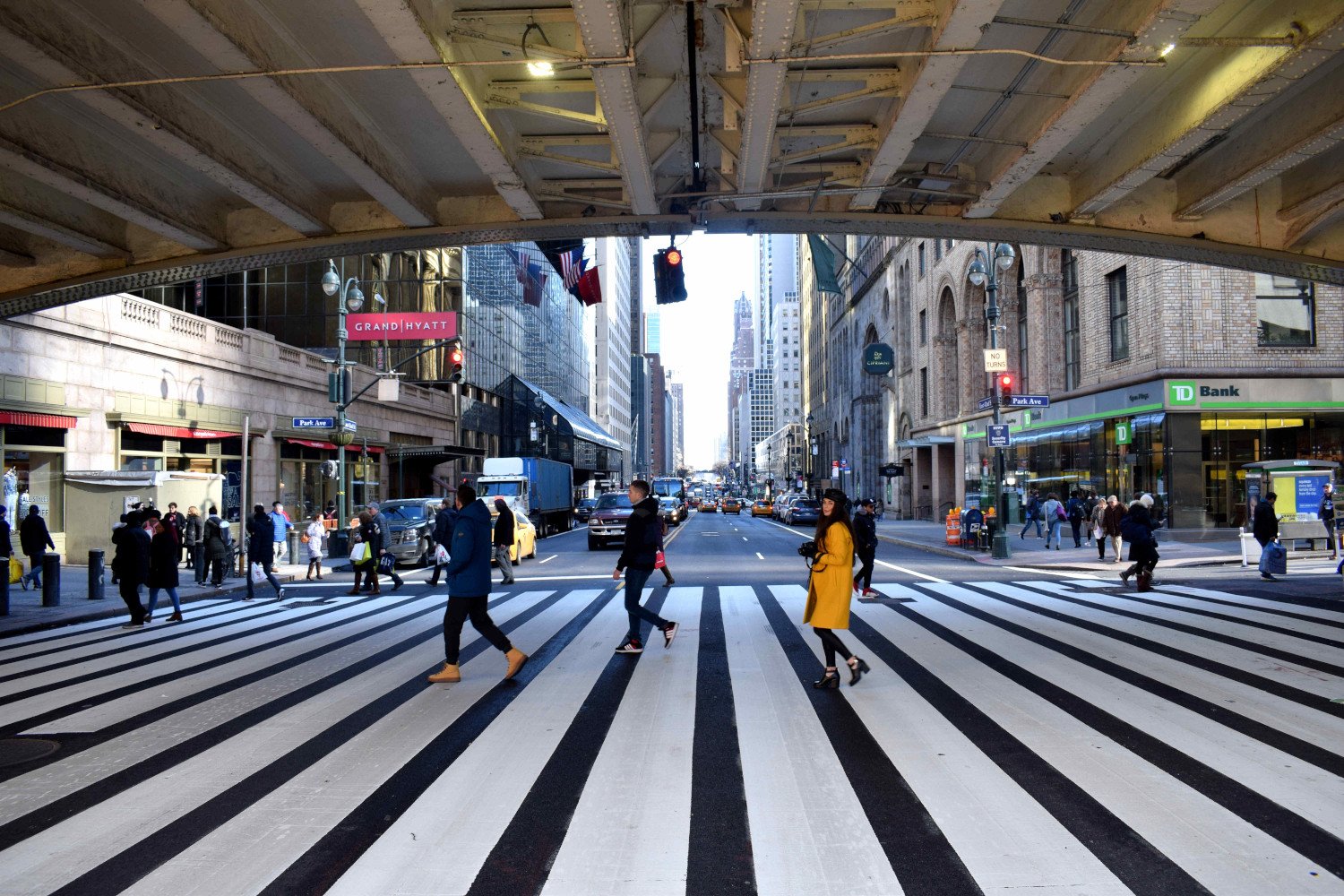
And the trees would later fill up with presents.

But that was before.
We are now heading into 2019 and retail is facing its biggest threat in years.
Who is the culprit?
It is this little guy.

The five-inch mobile phone that fits in your pocket and goes with you everywhere you go.
The smartphone has exploded onto the retail scene and has fundamentally changed the way consumers shop.
Consumers now stay at home and order online.
And pedestrian malls downtown stay deserted.
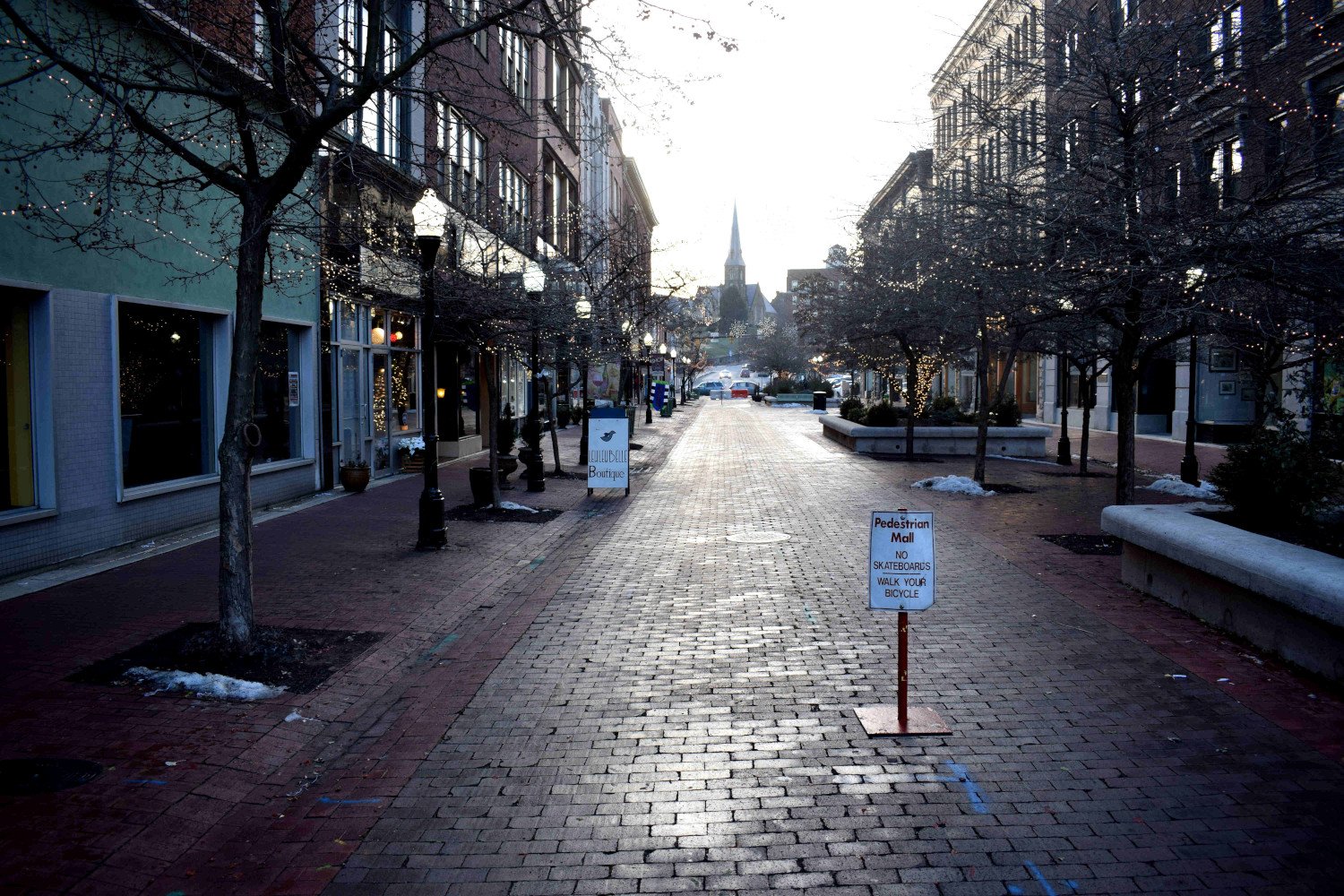
Store closings are becoming a familiar site across the United States.
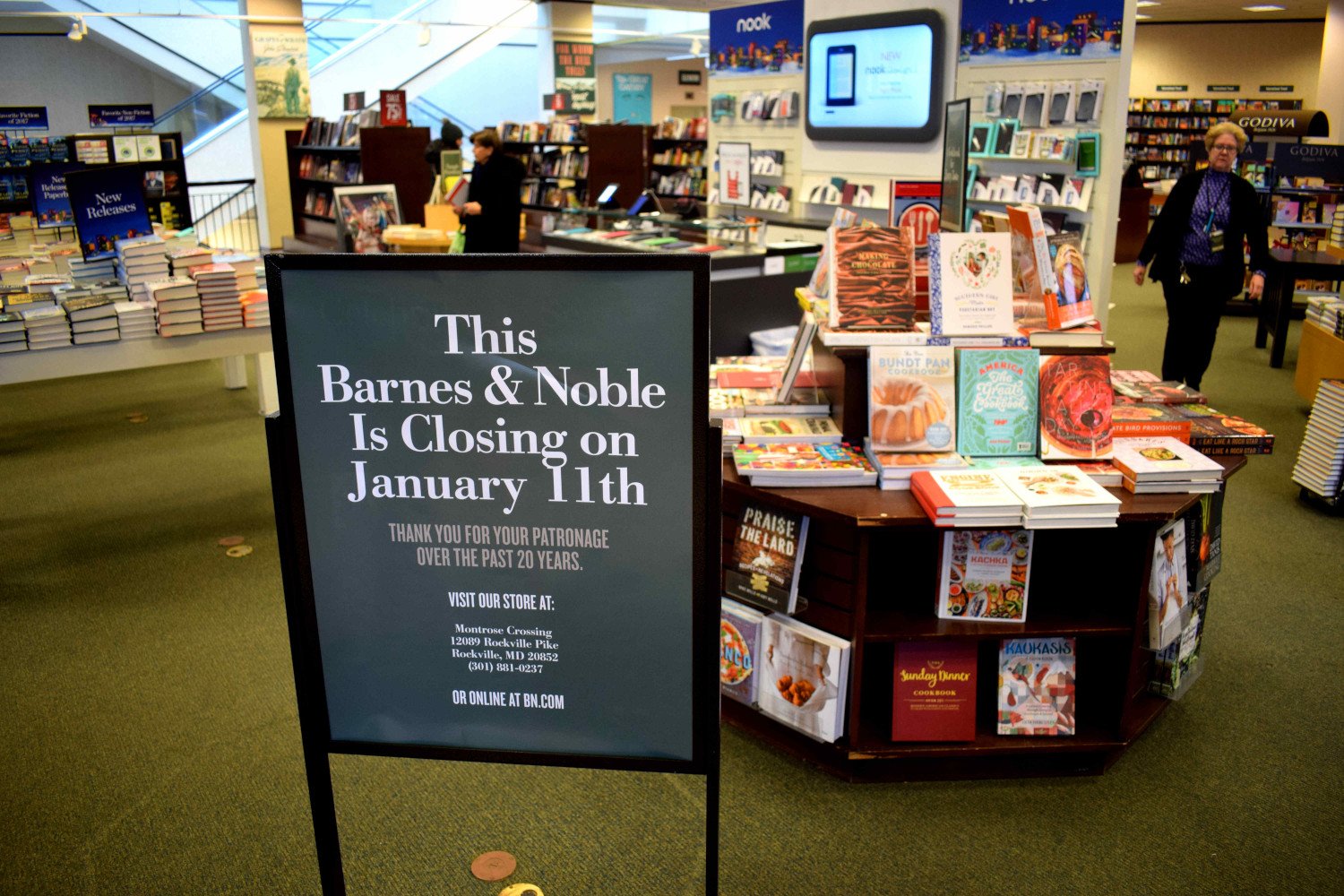
In 2018 we saw 4,500 stores shut down operations in North America, compared with only 2,500 store openings.
And these aren't just small local businesses.
Major U.S. brands like Toys R Us, Walgreens and GNC that have been around for decades are throwing in the towel.
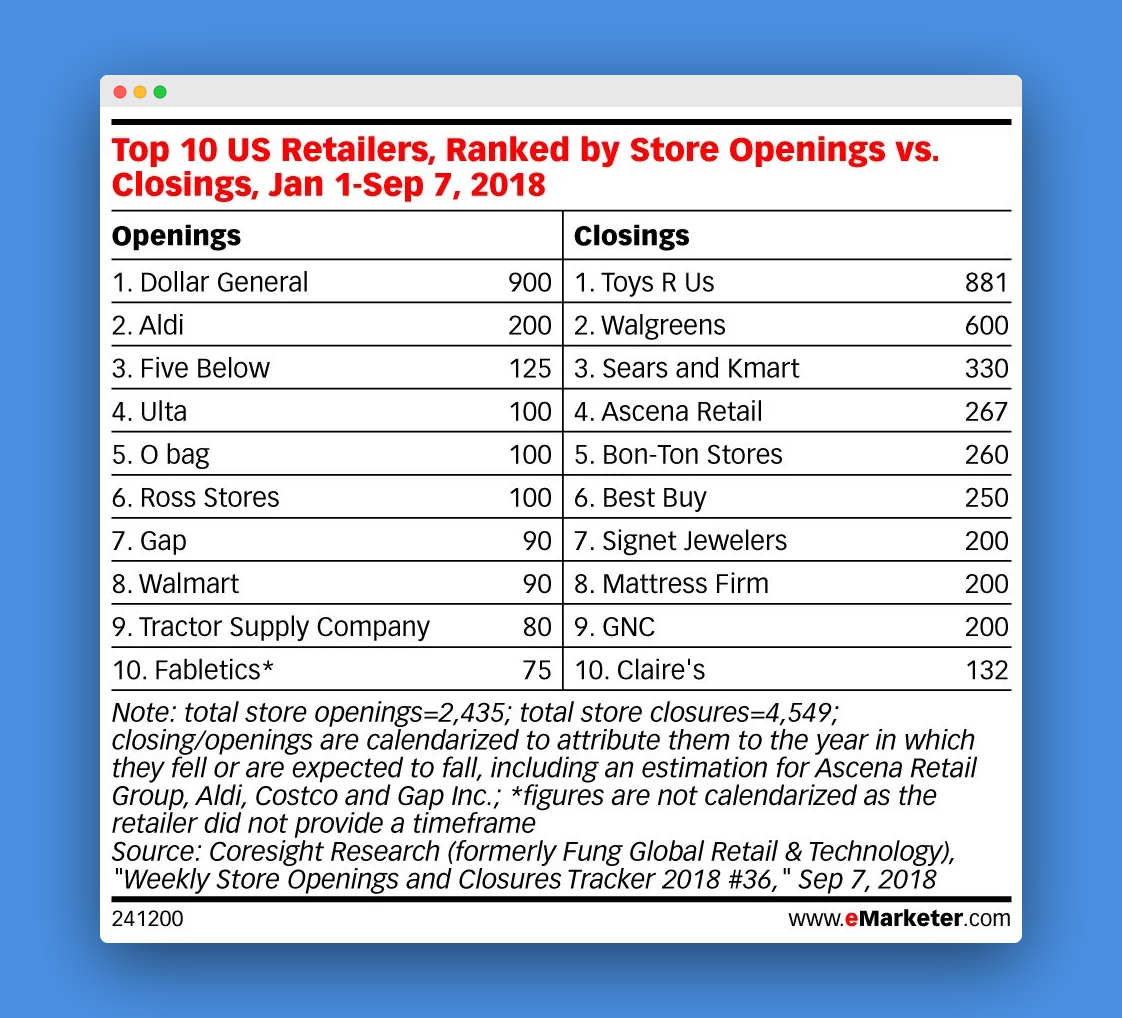
The store closings at first glance seem out of place.
With strong economic growth and a low unemployment rate, American consumers have more cash in their pockets. And more cash means more spending.
Indeed, in person retail store visits are growing at a healthy 4.4% in 2018.
People are still visiting stores like these.
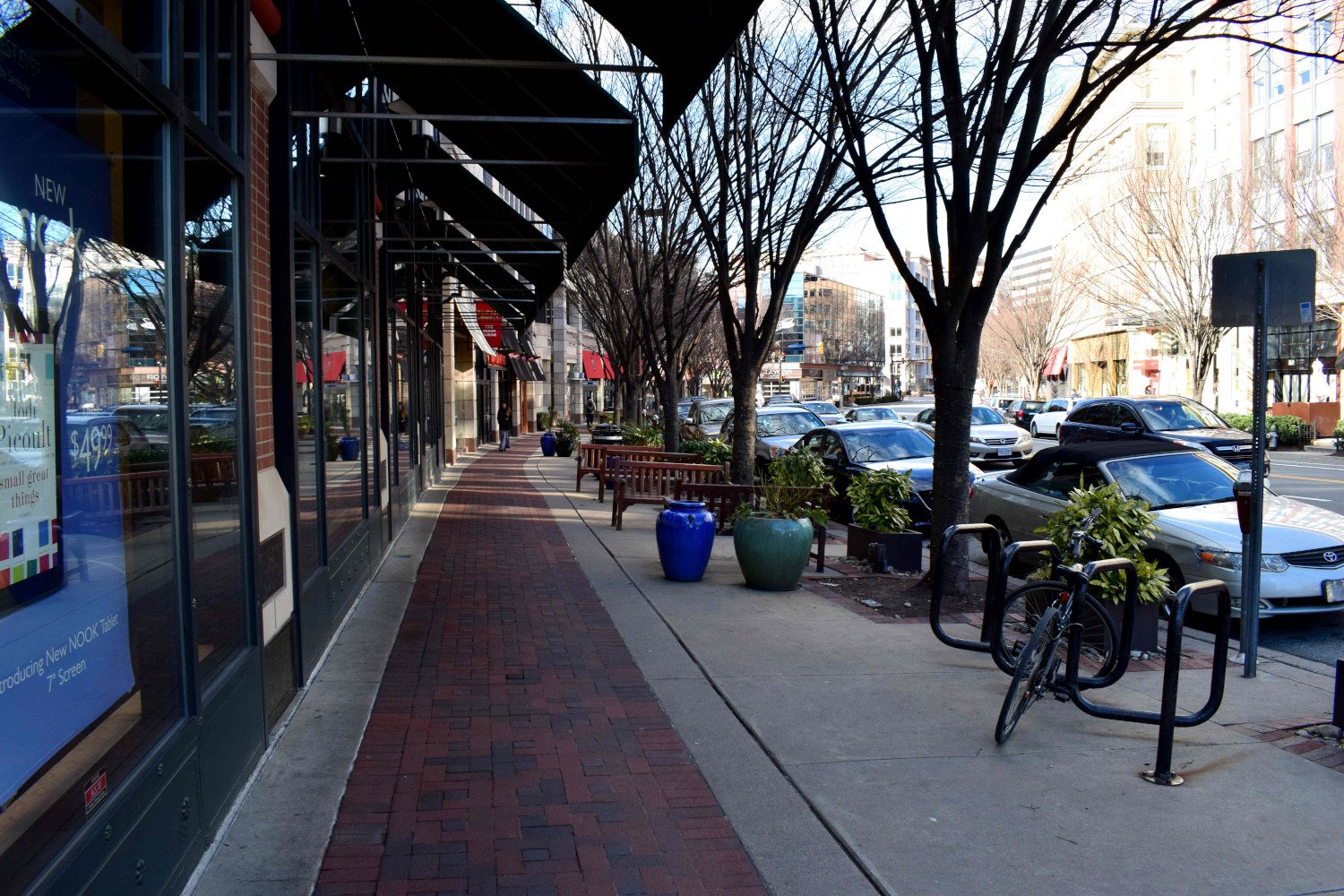
But this growth pales in comparison to the growth in ecommerce, up 16.6% in 2018.
And of this 16.6% growth, only 6.5% is coming from desktop, while a whopping 32.6% is from mobile.

What does this growth mean for retail?
It means that retailers better have a way to let their costumers buy their products online. This means a website optimized for mobile and preferrably an app.
Businesses that don't do this are swimming against the tide.
US consumers no longer want to waste their Saturday afternoon driving to the center of town to do their Christmas shopping

They can do it all on Amazon, from their phone, without ever leaving the house.
In 2017 Americans spent 22.6 billion minutes on Amazon doing just that, staying at home and buying products on Amazon instead of going to the store.
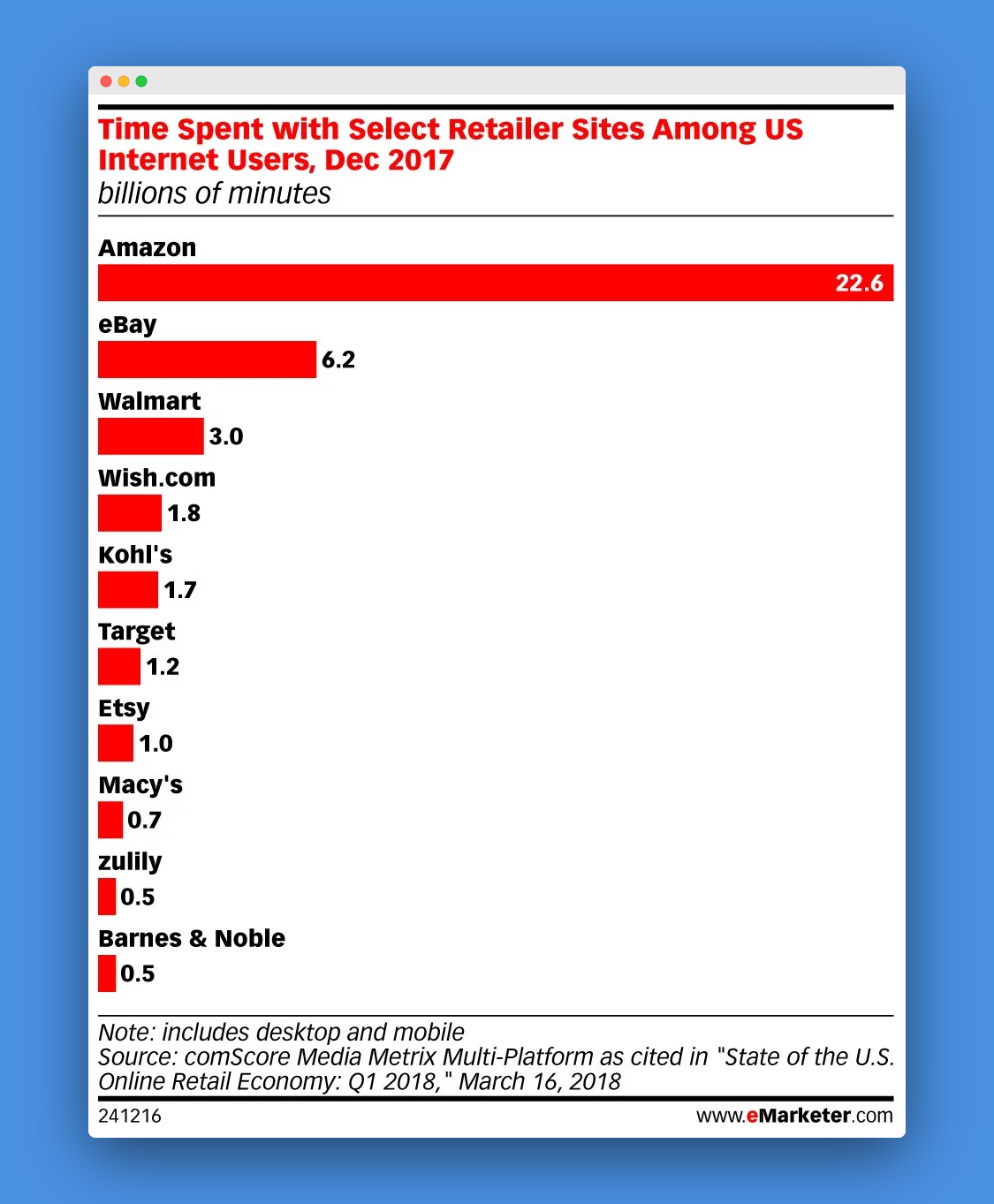
The result? Shops like these are disappearing.
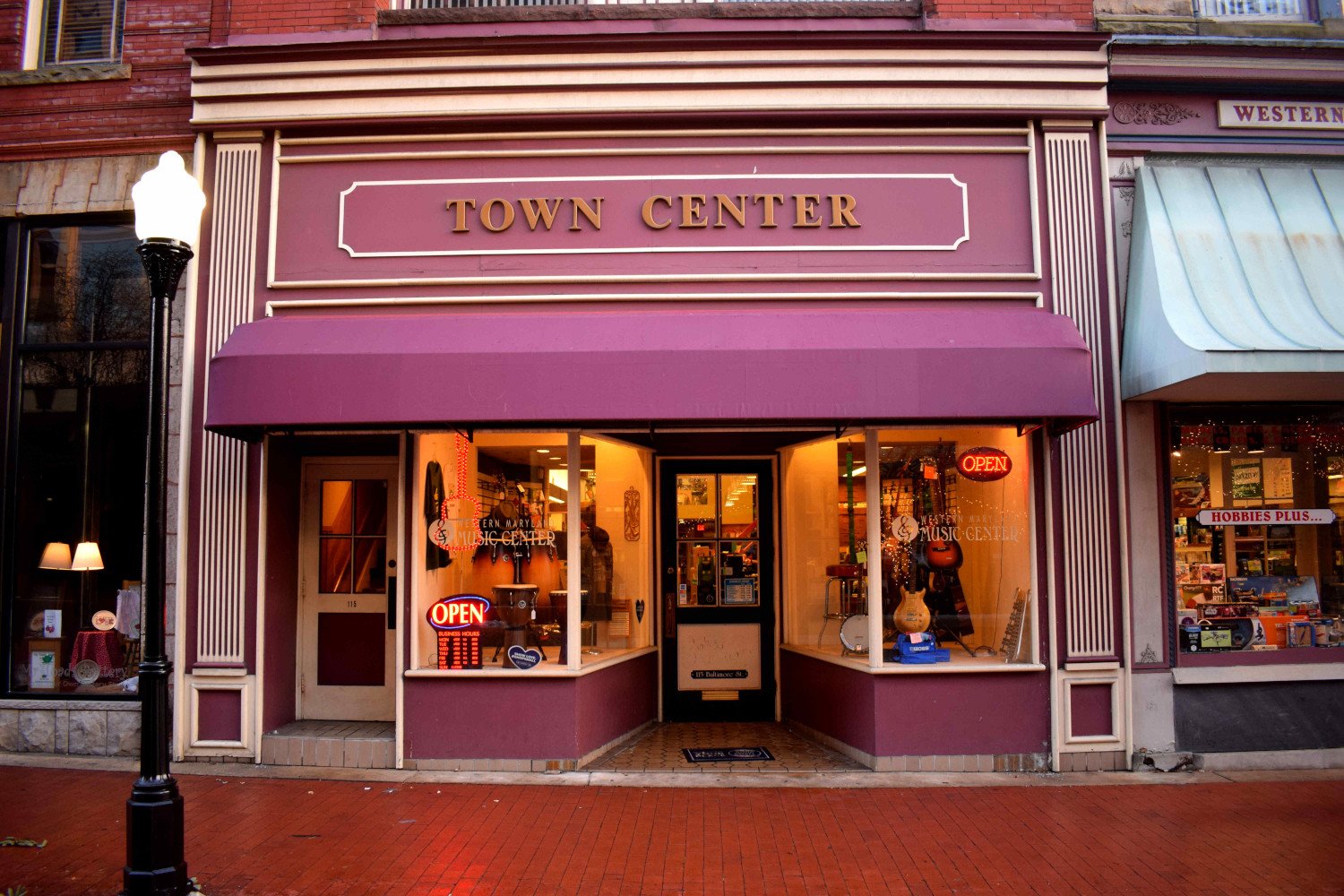
Small local businesses and brick-and-mortar stores are closing down unable to compete with Amazon.
Downtown shopping streets that used to be filled with people during Christmas are now earily quiet.
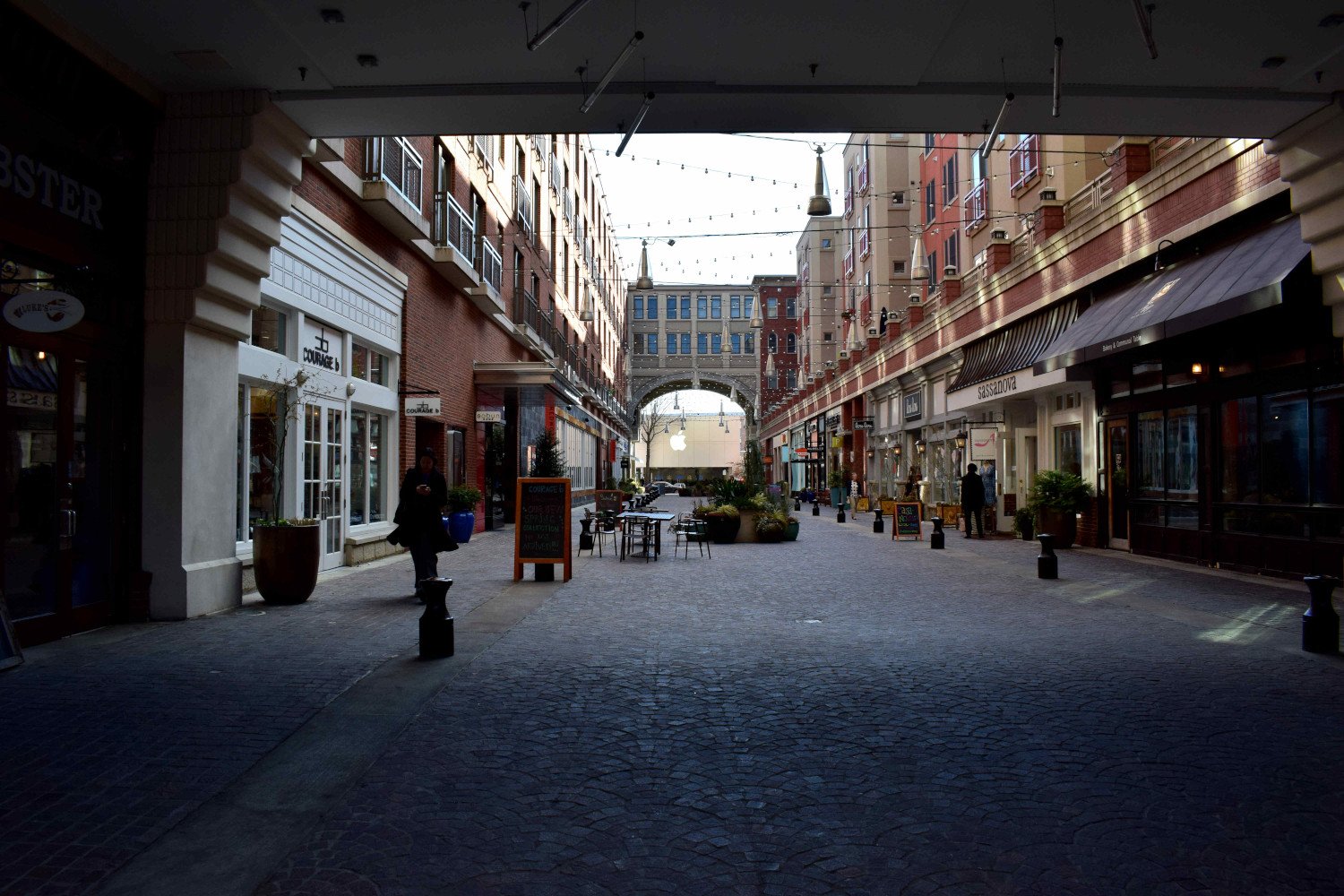
R.I.P. window shopping.

The future of shopping is from a five inch mobile screen.

What do mcommerce numbers say?
In a recent report in September, eMarketer showed that mcommerce would surpass $50 billion for the first time in 2018, making up 44% of ecommerce overall at a growth rate of 32%.
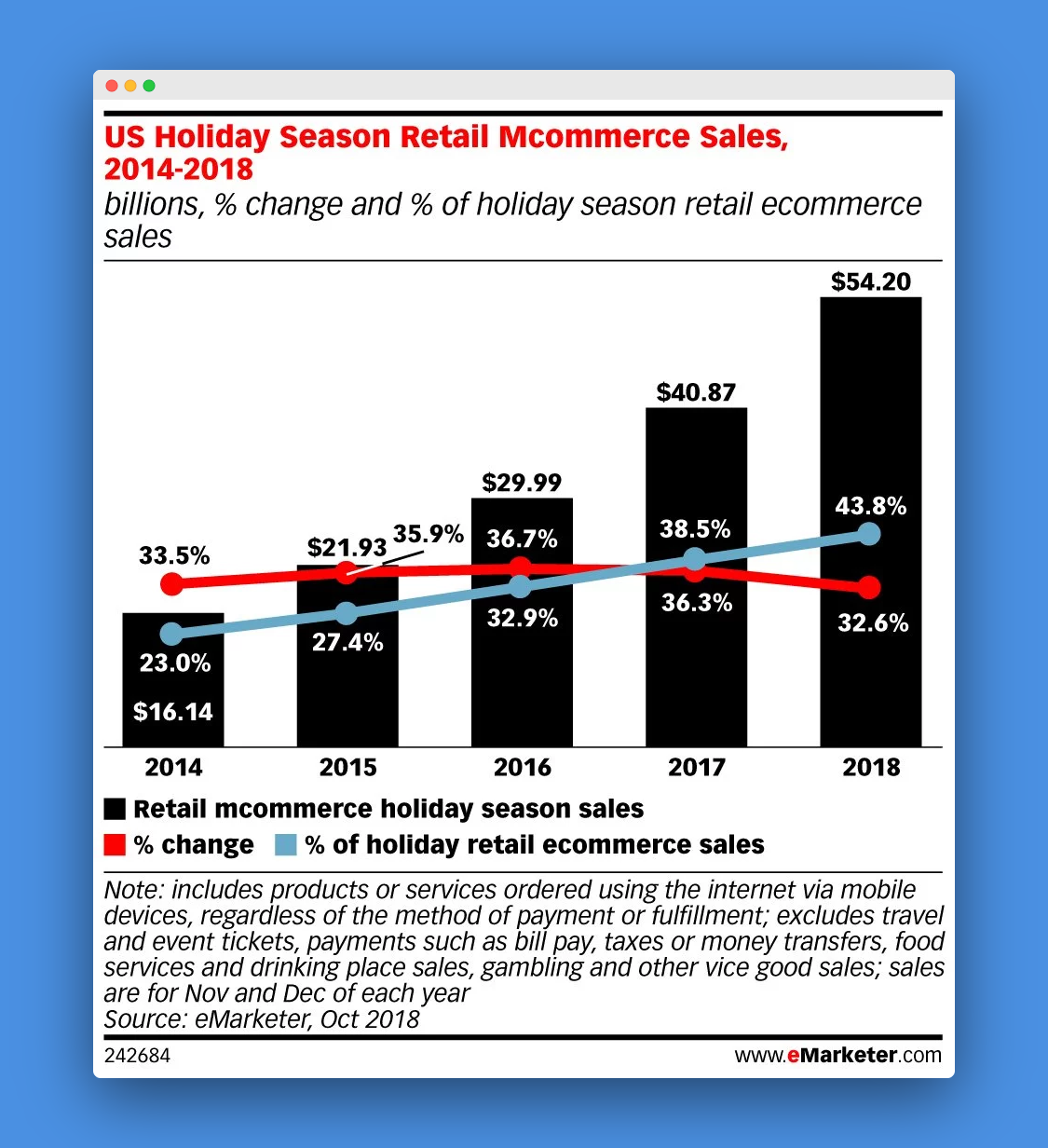
But not only are people doing more and more shopping from their phones, they are also increasingly buying more expensive, larger items.
Items such as televisions, stoves, washing machines and furniture which used to typically require an in-store visit are now being bought from phones.
As eMarketer quotes: "It appears that consumers are increasingly comfortable with higher-ticket purchases on mobile devices...that’s largely because of the bigger screen size and the ability for these retailers to produce mobile versions of their websites that are actually very navigable on mobile devices."
Compare the iPhone 5 from a few years ago with the new iPhone models and tablets. Smartphones today increasingly come with larger screens that make it more comfortable to view images and make purchases.
How can retailers optimize for mcommerce?
While the rise of Amazon and mcommerce may mean foot traffic and in store visits are down, it doesn't mean that it is all gloom and doom in retail.
According to eMarketer, 11% of American internet users don't shop online at all, and 14% prefer to shop online but still pick up in-store. Taken together, this is a fourth of the US population.
That means retailers that have a physical location have a distinct advantage over stores that only exist online.
Retailers with physical stores are in a particularly good position to cater to older generations who are pushing back against the shift toward an entirely digitized shopping experience.
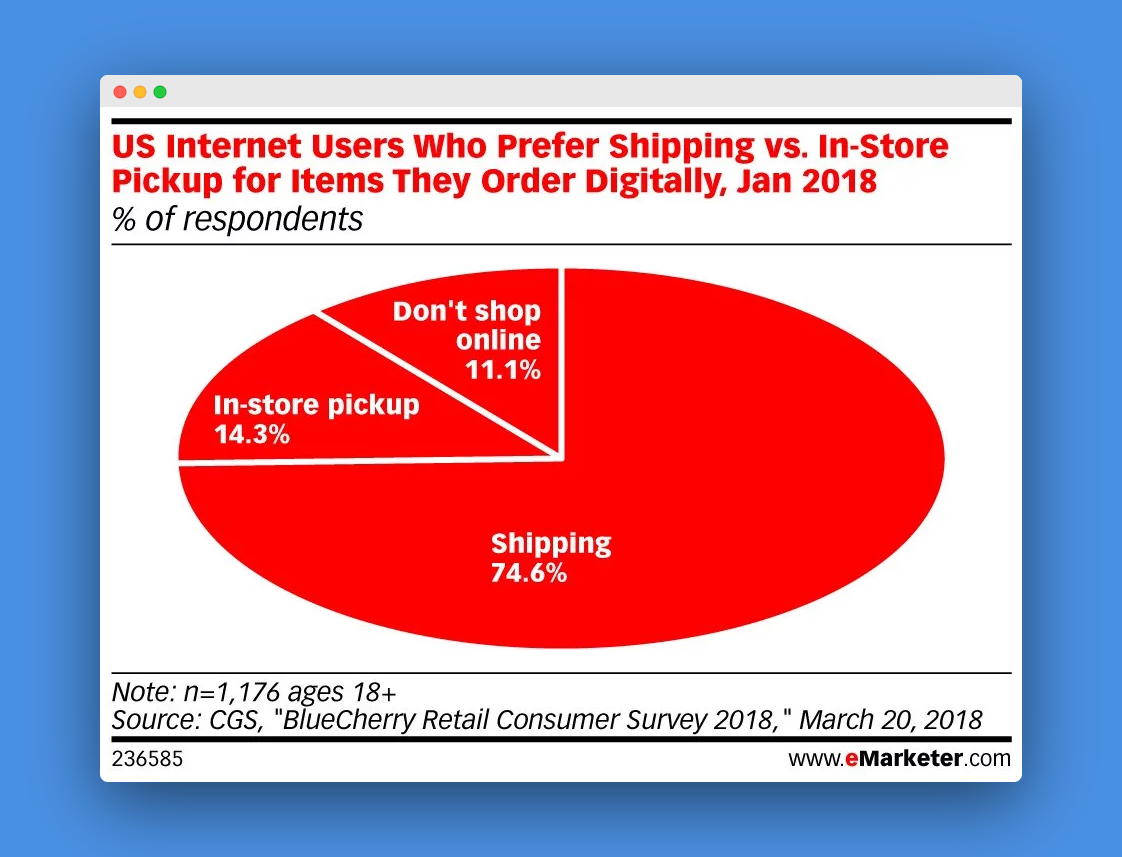
And they are also in a good position against Amazon, which really only offers one way to buy products, online.
Free shipping, super fast
Retailers who do move their sales online are still under pressure.
US consumers have come to expect free shipping on even the smallest of orders.
According to eMarketer, a whopping 68% of US internet users expect free shipping for orders under $50.
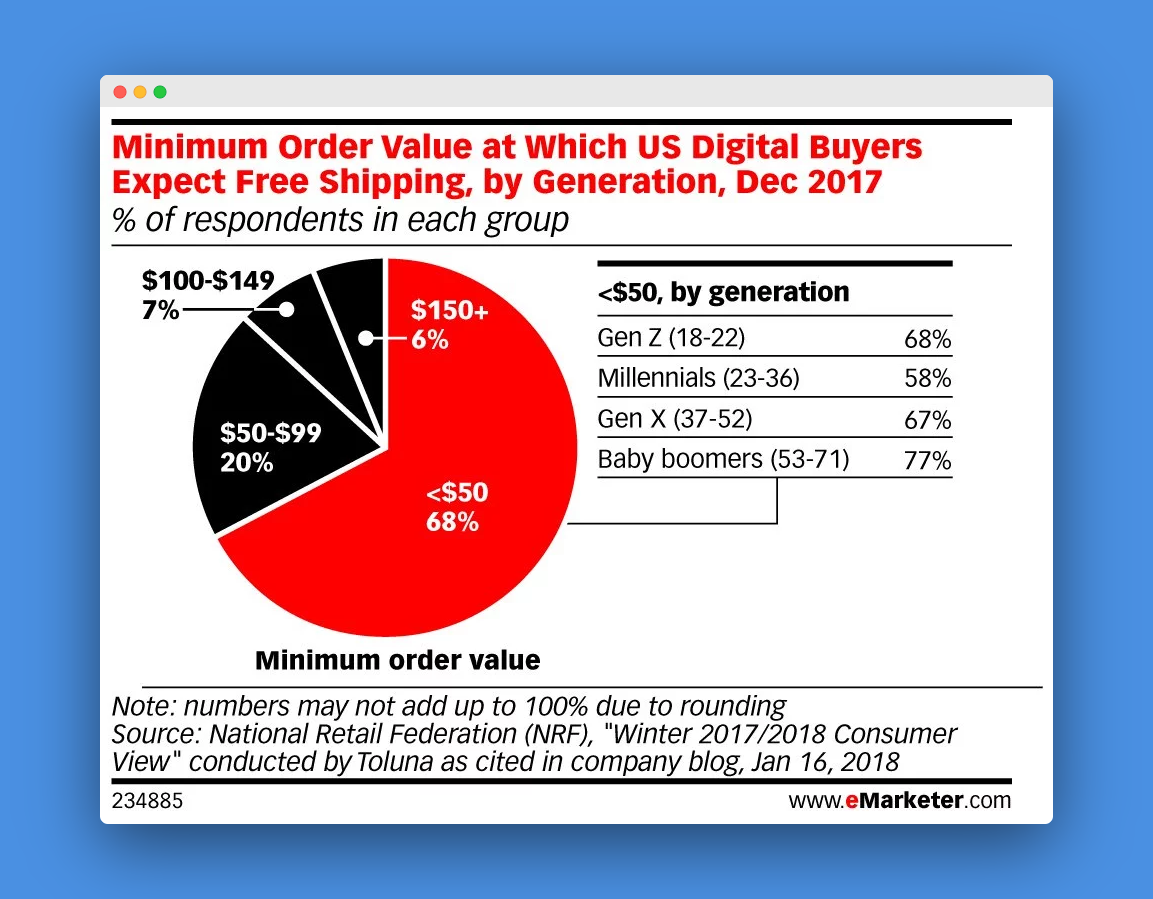
And not only do US consumers expect free shipping, they also expect super fast delivery times.
Amazon Prime has set the bar high across the retail sector, with average click-to-door delivery times down to 3 days for Amazon.
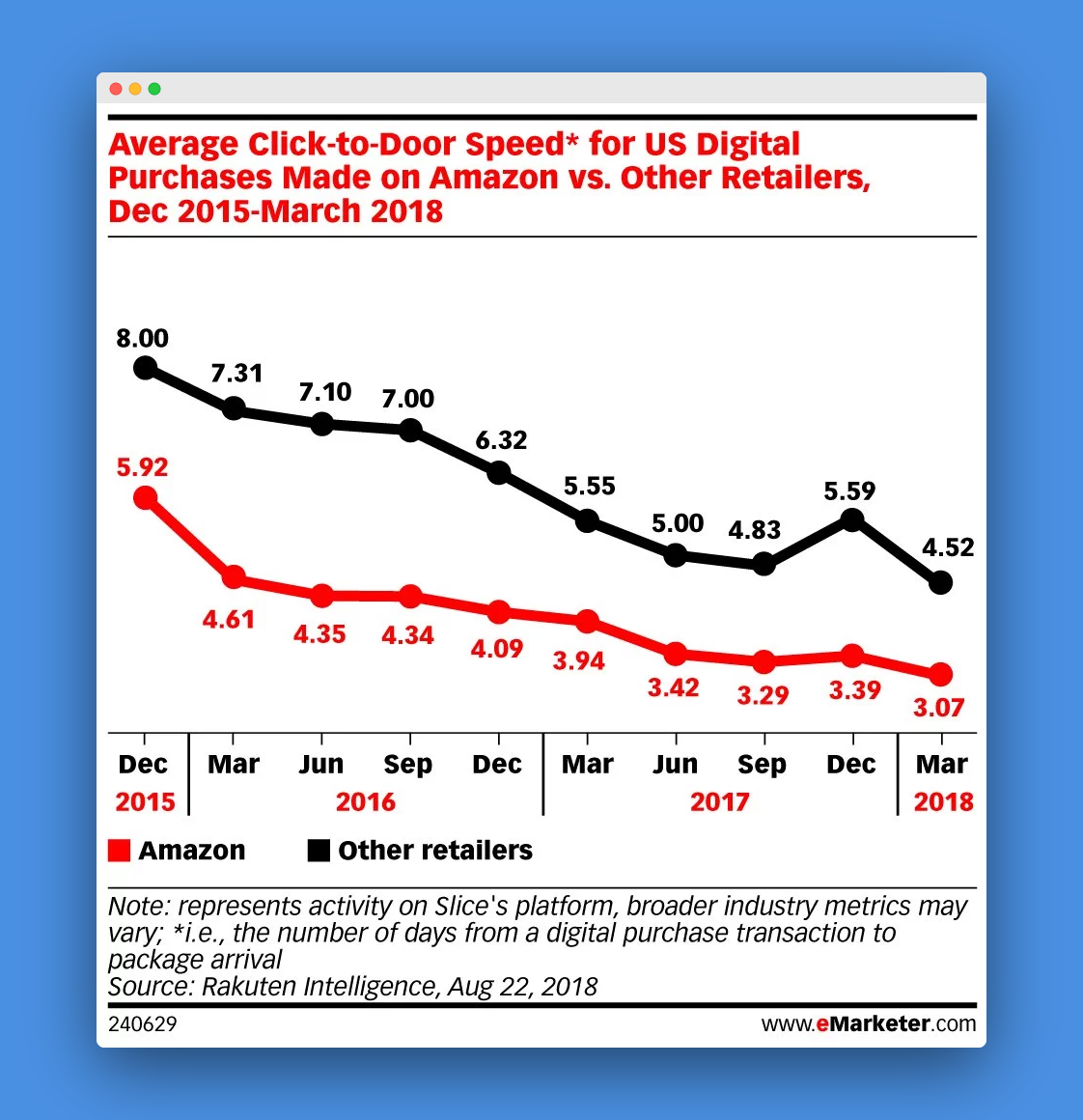
And with many US consumers still waiting until the last minute a few days before Christmas do to their shopping, retailers will have to be able to offer speedy delivery times if they want customers to make the final purchase at check out.
What about voice and visual search technology?
The switch to mCommerce is here, but shopping with other forms of technology has yet to take off and go mainstream.
Visual search involves search technology whereby the actual picture you take with a phone is used as the search query.
For example, you take a picture of someone's shoes and a link to Amazom comes up where you can buy the pair. No typing is involved.
But despite several major platforms like Pinterest, Snapchat and Instagram developing visual search services, the stats show that only 9% of internet users have used augmented reality to shop digitally.
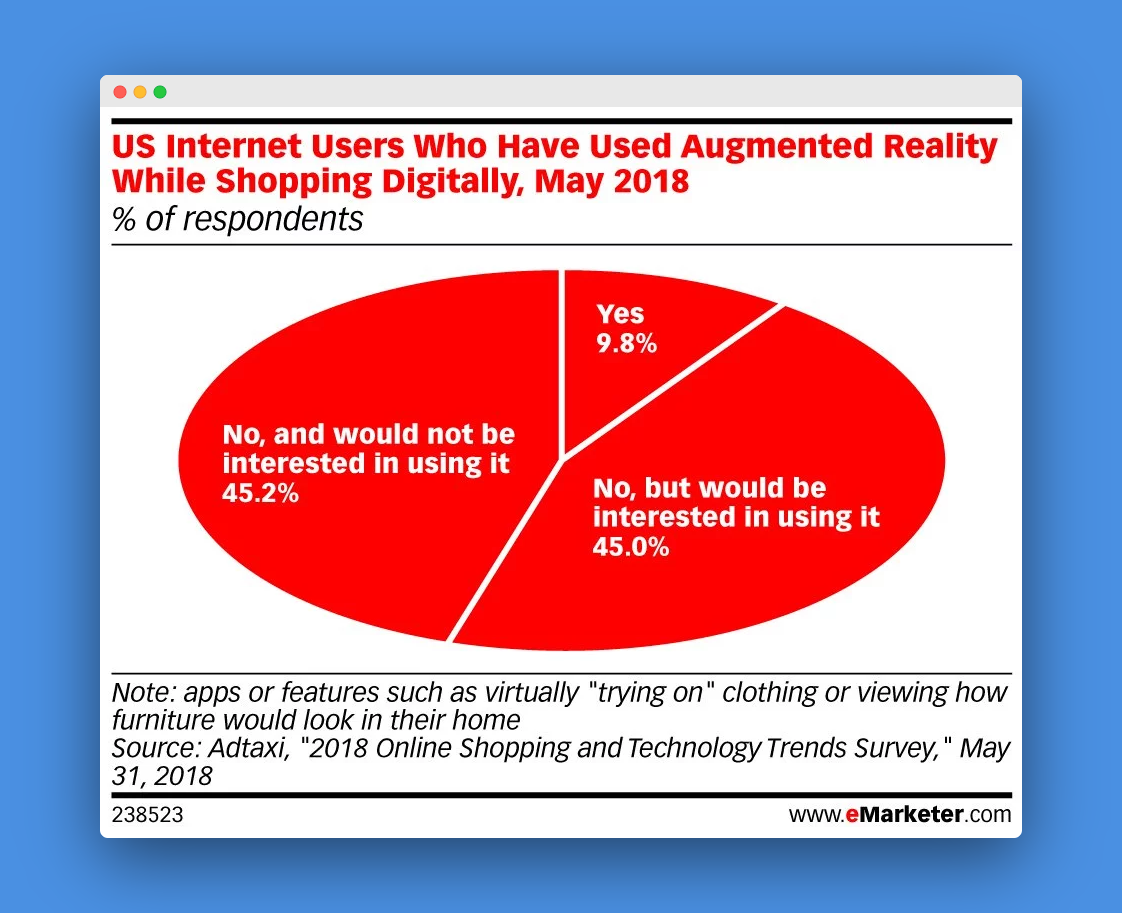
Voice search technology has also yet to see widespread adoption.

With voice in particular, one of the biggest problems is the inability to see a product, especially if you are making a first-time purchase.
Consumers simply aren’t willing to buy a product for the first time from start to finish without ever seeing it.
Other issues include privacy concerns, and the fear that a voice command will be misinterpreted by the voice assistant.
What are consumers buying this holiday season?
Despite the slow adoption of voice search technology, one of the most popular items that will be sold this holiday season will be smart devices, such as smart speakers, tvs, wearables and others.
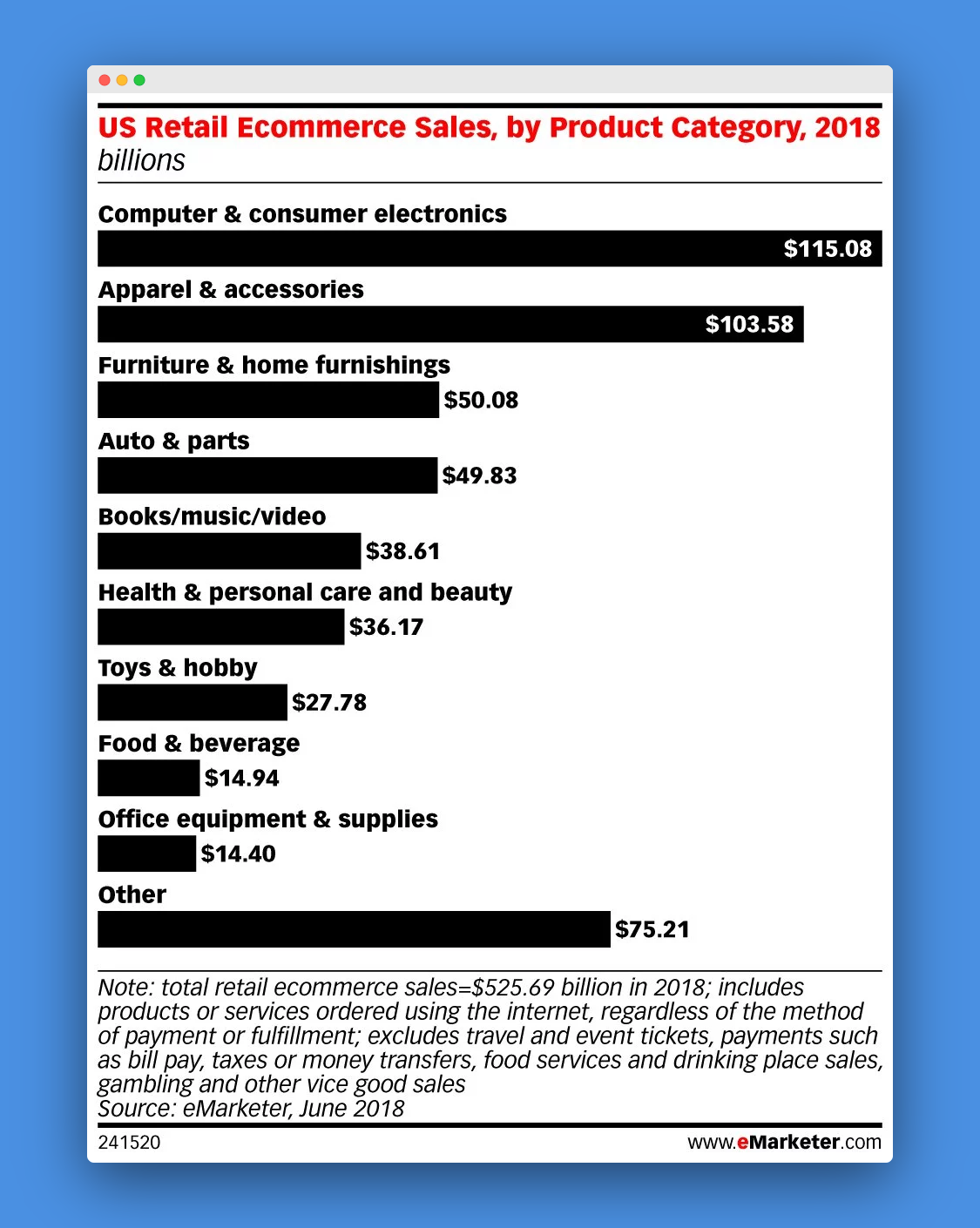
After computers and electronics, apparel will come in at second, with furniture and home furnishings, auto equipment and books/music following thereafter.
Retailers are turning into advertisers
What else is the switch to mobile shopping doing in retail?
It is blurring the lines between retail and advertising.
Innovative companies like Shopify have sprung up offering a simple ecommerce platform for small businesses to create online stores.
Amazon ads are growing more popular and outperforming Google and Facebook when it comes to online retail.
The biggest advantage that Amazon ads have are strong buyer intent.
People who see an ad on Amazon are likely considering making a purchase. Whereas people who see an ad on Google and Facebook aren't necessarily looking to buy things.
Google has recognized this trend and has shifted toward shopping ads to battle the success of Amazon.
Social media platforms are also delving into ecommerce, with Instagram launching a shopping service this season to help its users buy products more easily.
All this means that if retailers want to compete in a world where shopping is done online, they better be setting aside money on digital ads, social media ads and websites optimized for mobile.
Summing up
The Christmas spirit always make December a special month.

But the traditional holiday shopping that characterized the season for so many decades is under threat.
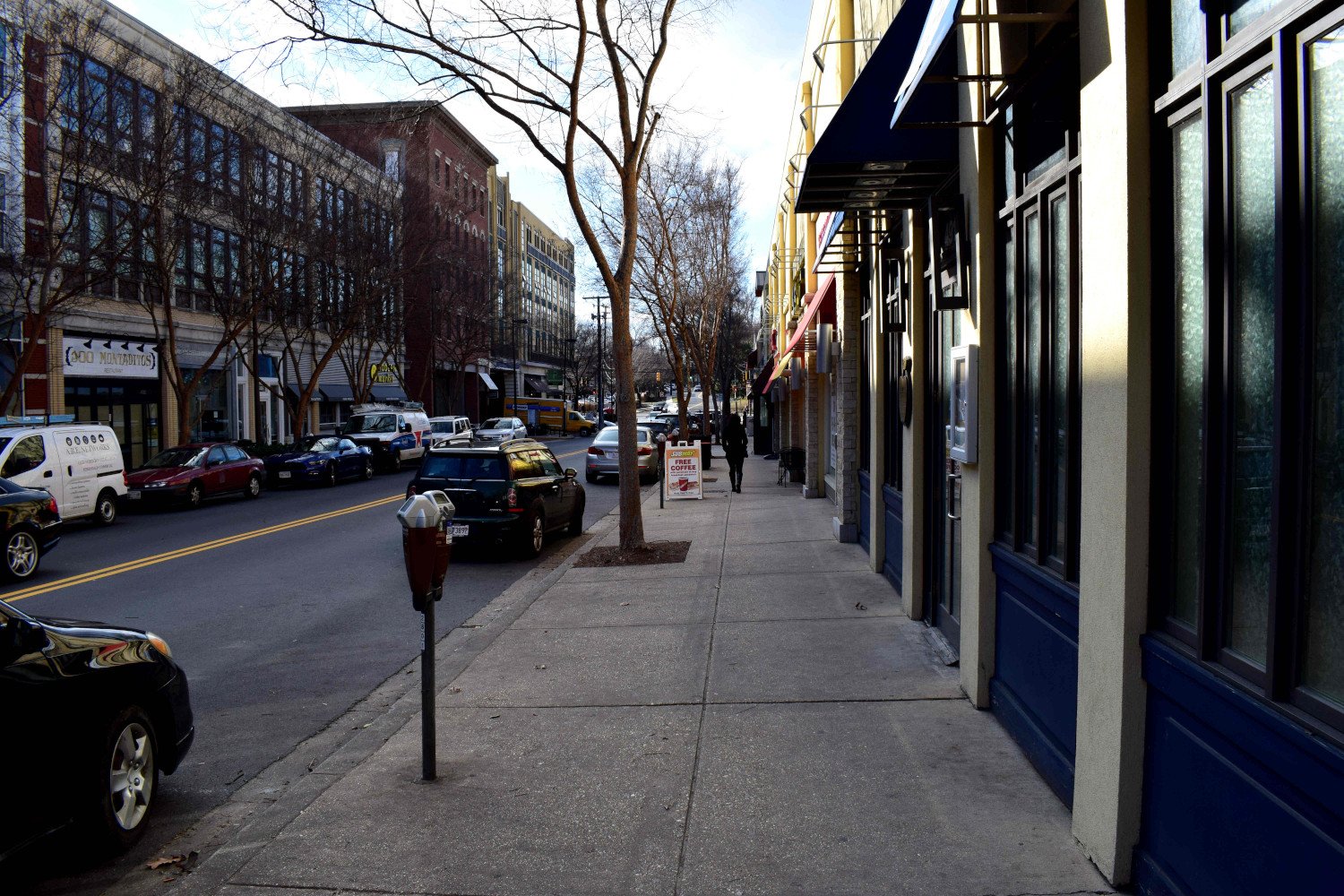
Small brick-and-mortar stores that fail to digitize are getting killed off across the country.
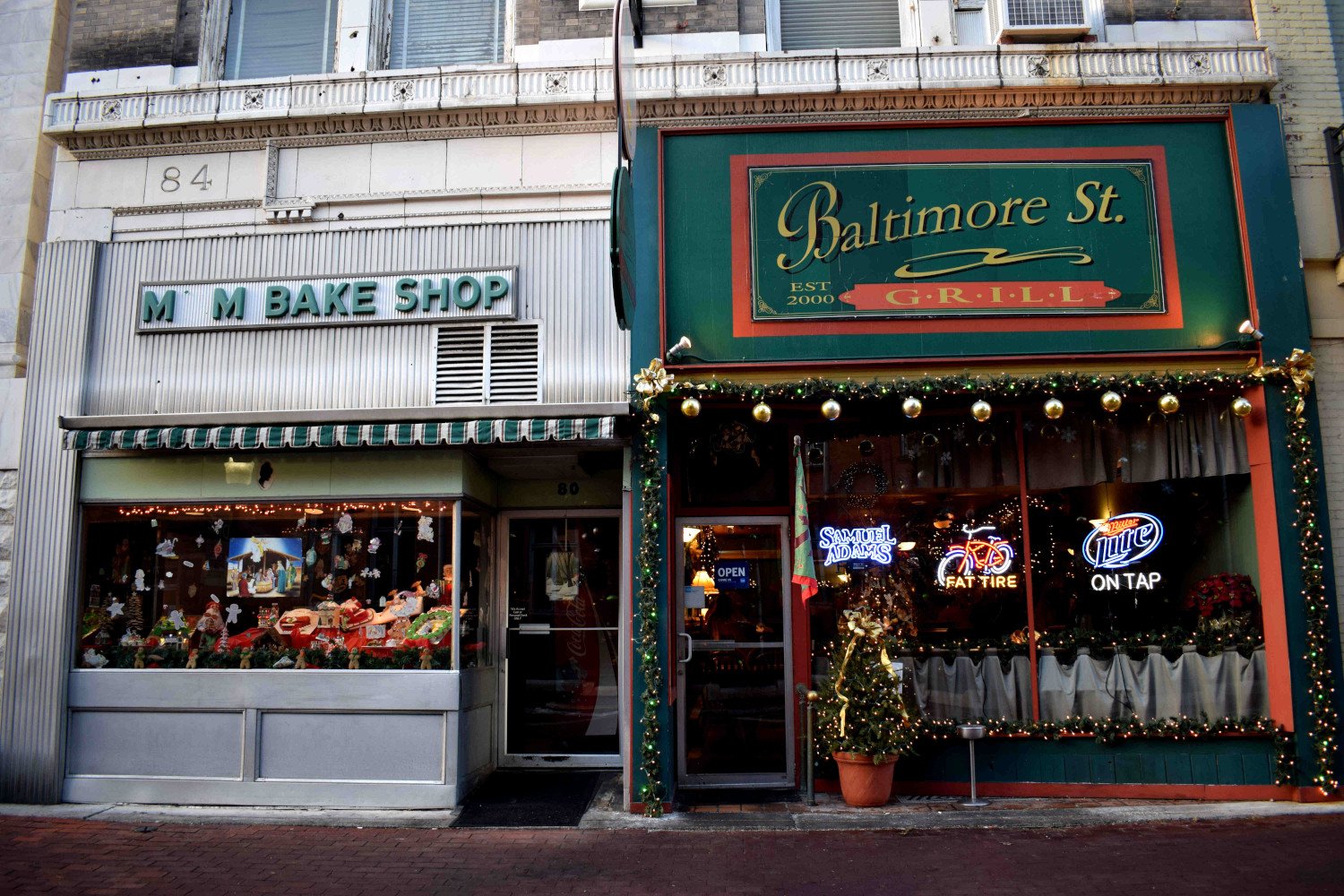
Even big U.S. brands are struggling to keep stores open.

This is the new reality for retail.
Digitize or go home.
Retailers that are able to succesfully optimize their websites for mobile, ramp up their social media, and create apps for users, will be able to survive and thrive in this new environment.
The rest of retailers, the vast majority of small businesses, brick-and-mortar shops and local stores, will likely get swallowed up by Amazon, Walmart, eBay and other ecommerce giants as phones become the main avenue for making purchases.
2018 may be the last holiday season to enjoy that traditional Christmas downtown small store shopping experience before everything goes digital.
The retail apocalypse is here.
Try Aori
Want to capture more mCommerce traffic in your PPC campaigns? Check out how our smart advertising solutions can help.
